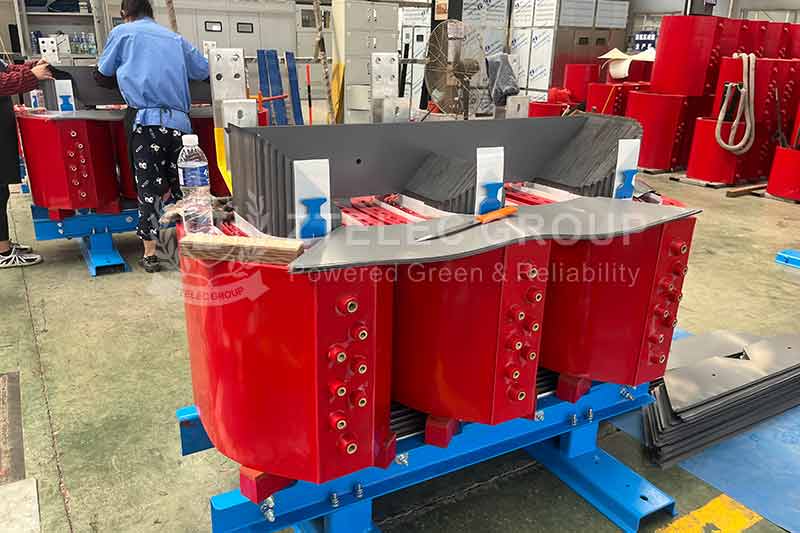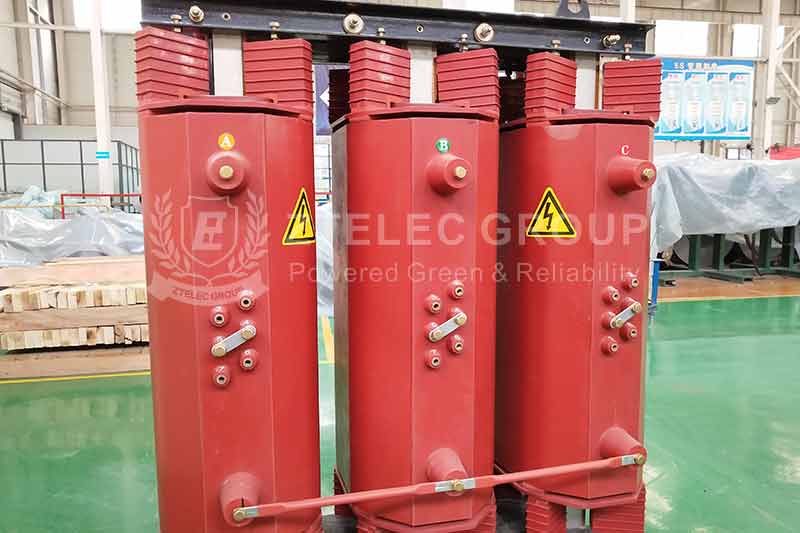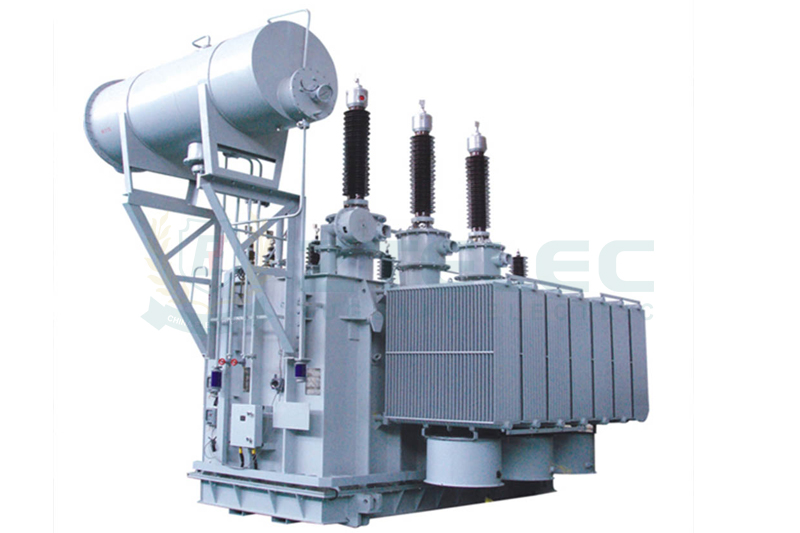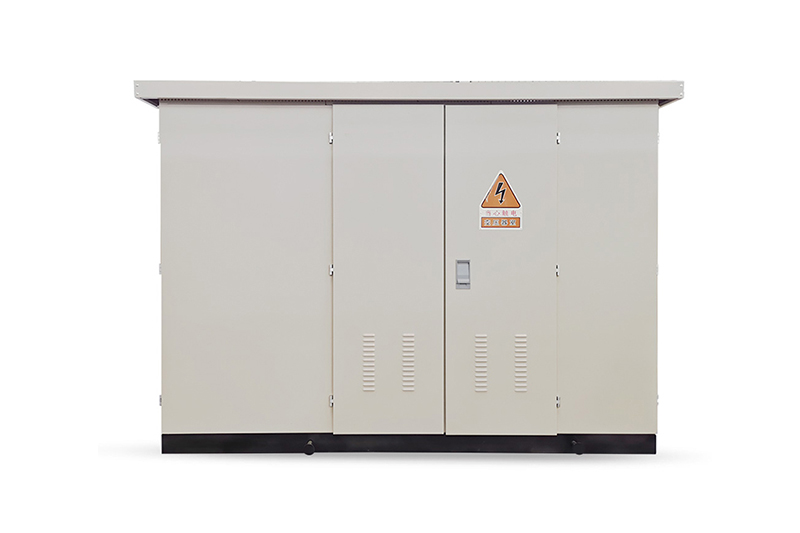How to Improve the Efficiency of Dry Type Transformers Through Regular Maintenance
Time:2024-09-19 Auther:ZTelec-www.ztelectransformer.com
Dry type transformers are widely used in industrial, commercial, and renewable energy projects due to their high safety, ease of maintenance, and environmental friendliness. Although dry type transformers are designed with high reliability, regular maintenance is key to ensuring their long-term efficient operation. Through appropriate maintenance measures, the efficiency of dry type transformers can be significantly improved, and the lifespan of the equipment can be extended. This article will explore the importance of regular maintenance and specific maintenance strategies.
Dry type distribution transformers
I. Importance of Regular Maintenance
During operation, dry type transformers may experience efficiency decline, excessive temperature rise, and other issues due to environmental factors, load changes, and usage conditions. Regular maintenance helps to identify and address potential problems in a timely manner, leading to:
Reduced Failure Rate: Regular inspections can detect equipment faults early, preventing minor issues from developing into major failures and reducing downtime.
Improved Efficiency: By cleaning and adjusting the equipment, the transformer can operate at optimal performance, enhancing energy utilization efficiency.
Extended Lifespan: Proper maintenance reduces equipment wear, prolonging the service life of the dry type transformer.
Safety Assurance: Regular maintenance ensures safe operation of the equipment, reducing risks of fire and other safety hazards.
Dry Type Transformers
II. Maintenance Content for Dry Type Transformers
Visual Inspection
Regular visual inspections are the first step in maintenance. Check for cracks, deformation, or corrosion in the external structure to ensure overall integrity. Also, inspect the tightness of terminal connections to avoid overheating and increased energy consumption due to poor contact.
Cleaning
Dust and dirt can accumulate on dry type transformers during use, affecting their heat dissipation performance. Regular cleaning helps maintain optimal cooling efficiency. Use a dry cloth or compressed air to remove dust from the transformer surface, especially around vents and radiators to prevent overheating.
Temperature Monitoring
Temperature is a critical factor affecting the efficiency of dry type transformers. Regularly monitor temperatures to ensure the transformer operates within normal ranges. High temperatures can lead to insulation material aging, reducing performance. Using temperature sensors to track temperature changes allows for timely cooling interventions.
Insulation Testing
The insulation system of dry type transformers is crucial for safe and reliable operation. Regular insulation resistance testing and power factor testing should be performed to ensure good insulation performance. If insulation values are below standards, appropriate actions should be taken.
Load Checks
Regularly check the load conditions of the transformer to ensure it operates within rated load limits. Overloading can lead to overheating and decreased efficiency. Adjusting loads as necessary ensures the transformer remains in optimal working condition.
Connection Checks
Inspect all electrical connections to ensure they are secure and free from looseness. Poor connections can increase contact resistance, generating excess heat and affecting efficiency. If necessary, retighten connections or replace aging components.
Record Keeping and Analysis
Maintain detailed records during maintenance, including inspection dates, items checked, issues found, and actions taken. These records aid in analyzing the operational status of the equipment and identifying trends of potential problems, providing a basis for future maintenance.
III. Maintenance Frequency and Planning
The frequency of maintenance should be adjusted based on the operating environment and conditions of the equipment. Generally, the following maintenance plan can be adopted:
Monthly Maintenance: Conduct visual inspections, cleaning, and temperature monitoring to ensure the basic operational condition of the equipment is good.
Quarterly Maintenance: Build upon monthly maintenance with more in-depth insulation testing and load checks to ensure stable equipment performance.
Annual Maintenance: Perform a comprehensive inspection and testing of the transformer, including electrical tests, connection checks, and equipment cleaning to ensure it operates at peak condition.
Through regular maintenance, the efficiency of dry type transformers can be significantly improved, thereby reducing energy consumption and the risk of failures. Regular visual inspections, cleaning, temperature monitoring, insulation testing, and load checks not only extend the service life of the equipment but also enhance safety. Establishing a scientific maintenance plan and keeping detailed records ensure the long-term operation of the equipment. By prioritizing maintenance, optimal performance of dry type transformers in various applications can be achieved, leading to greater economic benefits for enterprises.






